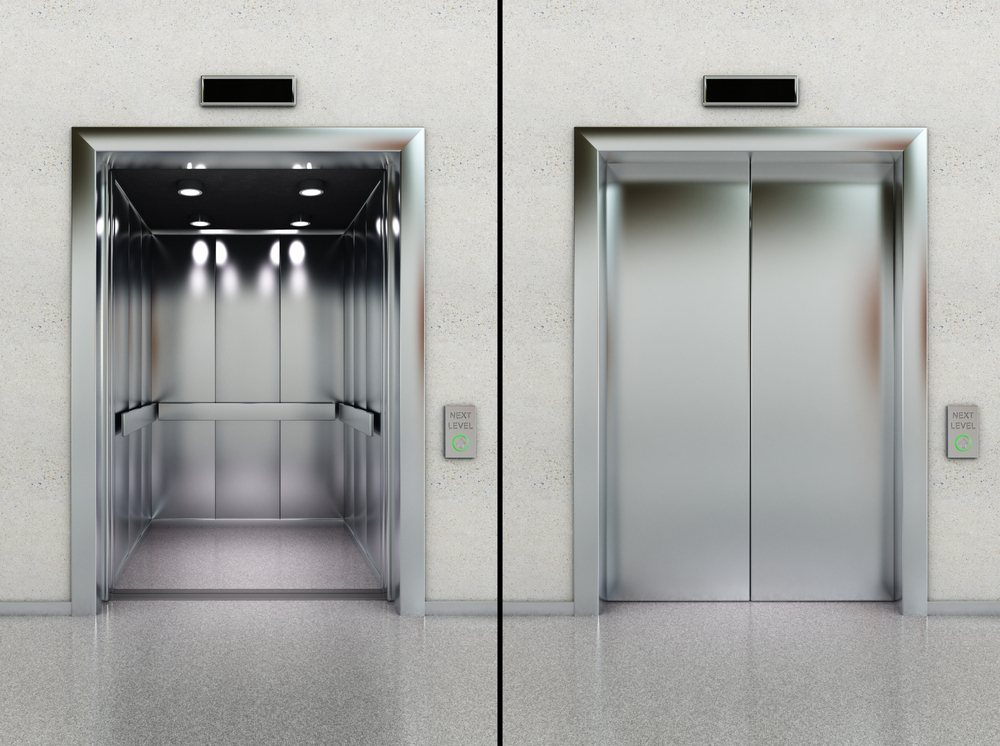Exploring the World of Elevators: Typical Issues Encountered by Different Lift Devices
As we navigate via the vertical transport systems of contemporary structures, lifts stand out as an important part of our daily lives. From hydraulic elevators to traction systems and machine-room-less styles, each lift kind comes with its collection of common issues.
Hydraulic Elevators
Hydraulic lifts, usually preferred for low-rise buildings, use fluid stress to regulate the activity of the lift vehicle (lift repair companies). This system entails a hydraulic pump pushing oil into a cylinder, causing the lift to relocate the wanted instructions. While hydraulic elevators are recognized for their quiet and smooth operation, they do come with their own set of typical problems
One widespread trouble with hydraulic lifts is oil leak. The seals in the hydraulic system can break with time, bring about oil infiltration. If left unaddressed, this not only produces a mess but can also affect the lift's efficiency. In addition, problems with the control system, such as malfunctioning valves or a malfunctioning pump, can trigger disruptions in the elevator's activity.
Routine maintenance and punctual fixings are vital to make certain the smooth performance of hydraulic elevators. By addressing these usual problems proactively, building proprietors can lessen downtime and guarantee the safety and performance of their vertical transport system.
Grip Elevators
When taking into consideration upright transportation systems in structures, one more common kind in addition to hydraulic lifts is the grip elevator. Grip elevators run utilizing a system of ropes and counterweights that relocate the elevator auto by grasping onto the hoist ropes. This mechanism enables smoother and faster upright transportation contrasted to hydraulic systems.
One of the usual issues encountered by traction lifts is rope wear. The continuous activity of the ropes within the traction system can lead to tear and wear gradually, potentially triggering the lift to malfunction or come to be risky for usage. Regular inspections and upkeep of the ropes are vital to ensure the lift's appropriate performance and safety.
An additional concern that grip lifts may experience is connected to the control system. Troubles with the control system can lead to problems such as irregular activity, delays in reaction times, or also complete shutdowns. Normal screening and maintenance of the control system are vital to stop such problems and make sure the lift's reliability.
Machine-Room-Less (MRL) Elevators

Among the essential components of MRL lifts is the compact gearless grip device that is mounted within the hoistway. This maker efficiently drives the lift automobile without the need for cumbersome equipment found in typical traction lifts. Additionally, MRL lifts generally make use of a counterweight system to stabilize the vehicle, additional enhancing their energy performance.
Despite their benefits, MRL lifts might face difficulties connected to repair and maintenance because of the constrained room for equipment installation. Availability for servicing parts within the shaft can be restricted, requiring specialized training for specialists. Appropriate upkeep schedules and regular evaluations are crucial to guarantee the continued smooth operation of MRL Website elevators.
Overloading and Weight Limitation Issues
Are lifts furnished to take care of excess weight lots successfully and securely? Straining and weight restriction concerns are essential concerns in elevator procedures. Lift makers layout raises with details weight abilities to make certain guest safety and security and tools durability. Surpassing these weight limitations can result in various problems, consisting of mechanical failings, delays, and security risks.
When elevators are strained, it puts excessive stress on the electric motor, cords, and other parts, possibly causing malfunctions or breakdowns. Safety and security systems such as sensors and overload sensing units are in area to avoid elevators from relocating if they discover excess weight. Additionally, going beyond weight limits can bring about enhanced power usage and damage on the elevator system.
To mitigate overwhelming issues, developing supervisors must plainly display weight restrictions in elevators and inform owners on the value of adhering to these limitations - lift repair companies. Normal maintenance checks by certified specialists can likewise help guarantee that lifts are running within safe weight criteria. By addressing overloading and weight limitation concerns proactively, structure owners can improve lift safety and security and effectiveness
Electric System Failings
Exceeding weight limitations in lifts can not just lead to mechanical problems however additionally possibly add to electric system failures within the lift framework. Electric system failures are a crucial problem in elevator operation, as they can cause unforeseen closures, breakdowns, or perhaps safety and security hazards. One common electrical issue is the overheating of elements because of excessive existing circulation created by straining the lift past its ability. This can bring about harm to the circuitry, electric motor, or control systems, resulting in costly repairs and downtime.
In addition, power rises or changes in the electrical supply can additionally interfere with the elevator's operation, influencing its efficiency and safety. These electric disruptions can damage sensitive lift parts such as control board, circuit boards, or sensing units, bring about system failings. Regular upkeep and assessments are important to identify and resolve prospective electrical concerns quickly, ensuring the secure and efficient procedure of elevator systems. By sticking to weight limitations and conducting routine electric system checks, building proprietors can reduce the threat of electrical failings in elevators.
Verdict

Hydraulic lifts, typically preferred for low-rise buildings, make use of fluid pressure to regulate the movement of the lift car.When taking into consideration vertical transport systems more in structures, one more usual type aside from hydraulic lifts is the traction lift. Traction lifts run using a system of ropes and counterweights that relocate the elevator automobile by clutching onto the hoist ropes. Unlike traditional elevators that call for a different machine space to house the equipment, MRL lifts incorporate most of the elements within the shaft, removing the need for a specialized machine space.In verdict, lifts face typical problems such as hydraulic breakdowns, grip system failures, and electrical system issues.